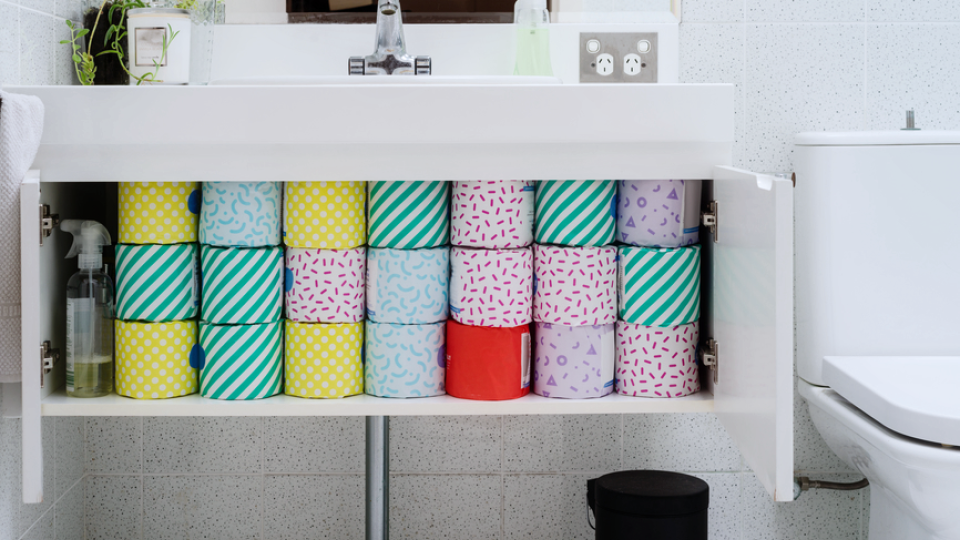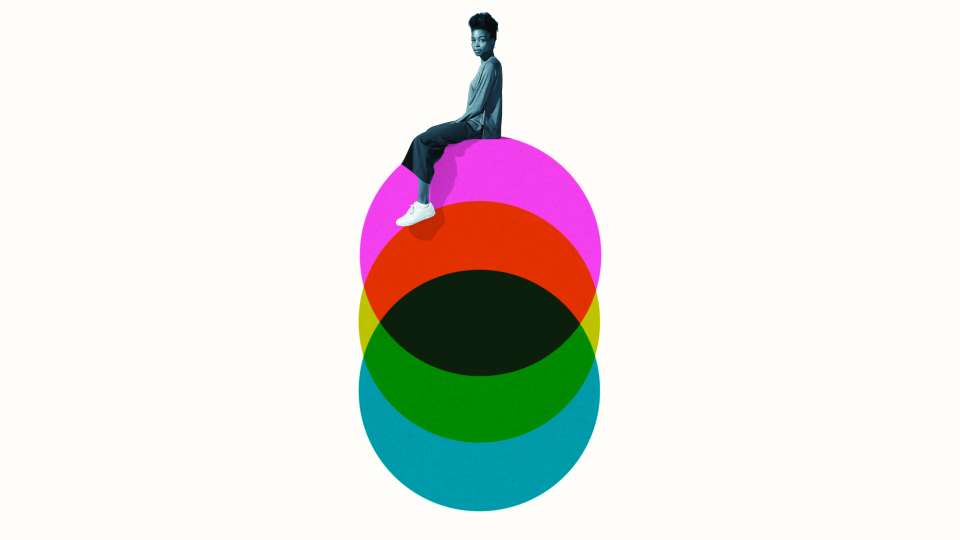
When you feel the urge to pee, you probably don’t spend too much time thinking about your urine unless you’re in a work meeting that never seems to end, or in traffic and miles from the nearest gas station. When you make it to the restroom, you’re sighing in relief — and quickly flushing to go about your day.
But when nature calls, peeking in the bowl can help you pay attention to the changes in the color and consistency of your pee, which can help you learn about your diet and your health.
Surprisingly, pee can appear in a rainbow of colors — some healthy, some not. Dr. Jonathan Harper, a urologist and chief of Endourology and Minimally Invasive Surgery at UW Medicine, explains what the spectrum of pee color can mean — and when the color of your pee might signal a serious health problem.
If your pee is pale yellow
No worries here! Typically, if you’re well-hydrated, your urine will be a pale-yellow hue. If it’s not on the pale side of yellow, it’s not something to be concerned about, it just means you might want to drink a little more water throughout the day.
On the other hand, if you’re dehydrated, your pee will be more concentrated and appear a darker shade of yellow. That’s a sign that you might want to chug some H2O, especially if you are prone to kidney stones.
If your pee is bright yellow
Does your morning regimen include handfuls of vitamins and supplements? High-dose vitamins can turn your pee a bright, almost neon-yellow color. The most common culprit is vitamin B2, also known as riboflavin, which is found in most multivitamins.
The neon color in pee is just a harmless sign that you’re taking more than your body needs, and the excess is mixing with your pee.
If your pee is red or pink
Red or pink urine can be a sign of a mild or serious health issue. The big concern with any sort of pink or red urine is bleeding, called hematuria. This could signal an easy-to-treat urinary tract infection (UTI) or kidney stone — or something more serious, such as urinary tract cancer. If there is obvious blood in the urine, you should reach out to your doctor.
Before you get too alarmed by any change in pee color, take note of what you’ve eaten. Beets and berries, especially blackberries, can stain your pee a light pink to crimson shade.
If your pee is orange
It’s probably a safe side effect of a medication you’re taking. Phenazopyridine, a drug used to relieve symptoms of urinary pain and discomfort, contains a dye that could leave you thinking you drank too much orange fruit punch. Rifampin, which is used to treat tuberculosis, can also have this startling side effect. Carrots have been known to do the same.
If your pee is green or blue
Pseudomonas, bacteria that can cause UTIs, can turn your urine a deep shade of bluish-green. It’s pretty unusual, and most often happens in people with catheters, but it’s something to keep in mind.
Eating asparagus, which is known to make your pee smell weird, can also tint your pee light green.
If your pee is brown
If your pee is ever cola colored, call your doctor ASAP. It could be a pigment from something you ate, but it’s also a known side effect of liver disease. Rhabdomyolysis, which is a release of protein into the bloodstream that’s toxic to the kidneys, is a side effect of extreme exercise or trauma that can turn your pee brown, too.
Brown-looking pee can also be from blood. Blood in the urinary tract may form a clot and turn the urine a very dark color if not peed out quickly. It takes a while for urine to travel from the kidneys, where it is produced, down to your bladder, and not everyone completely empties their bladder every time they pee.
If this is the case, you may not have bleeding in your kidneys or bladder right now, but because you did at some point, you should have the issue addressed.
If your pee is foamy or cloudy
Maybe you’ve jumped on the ketogenic diet bandwagon, or maybe you just love steak. Either way, eating a very high-protein diet can occasionally result in protein in the urine and cause it to appear foamy. This can happen in people with kidney disease, too. In some cases, cloudy or milky-looking urine can also be a sign of infection.
If your pee is clear
Gold star for hydration — but you might be overdoing your water intake. People who get recurring kidney stones should aim to have urine that’s close to clear, but for everyone else, there’s no shame in the yellow pee game.
This article was originally published on March 12, 2018. It has been reviewed and updated with new info. Ari Cofer contributed to this article.

 Healthy ideas for your inbox
Healthy ideas for your inbox






